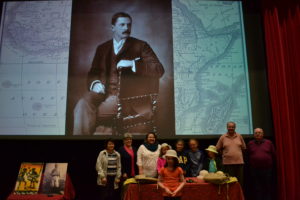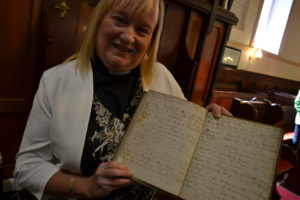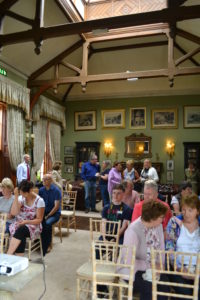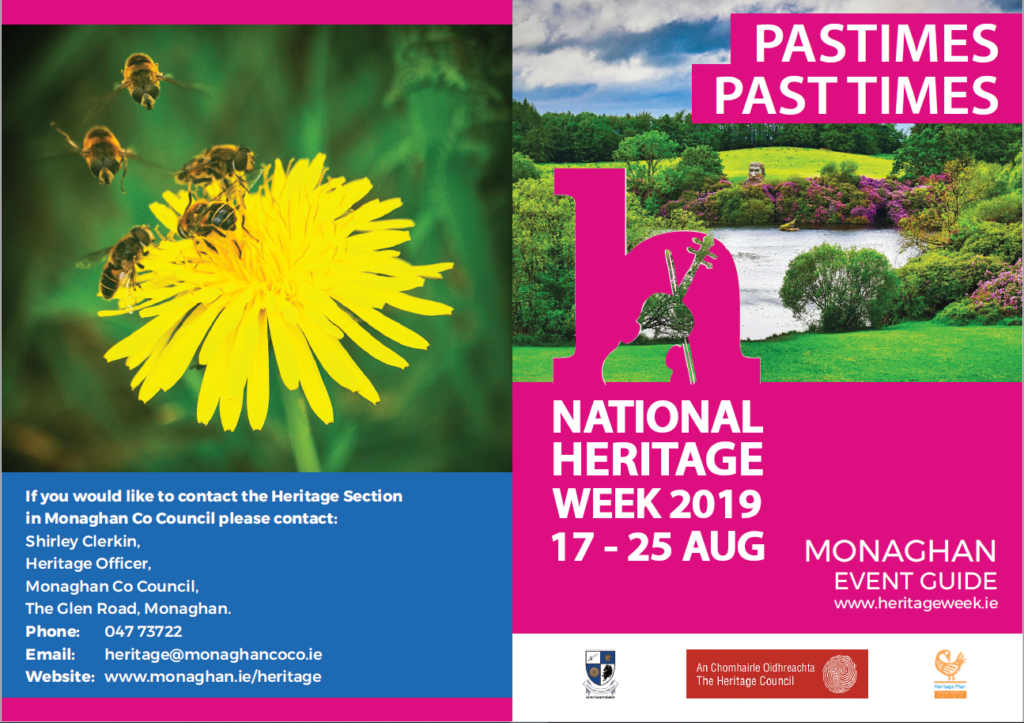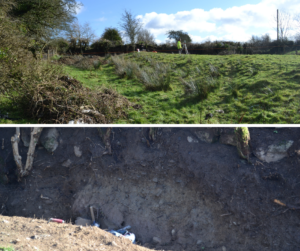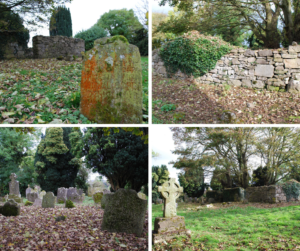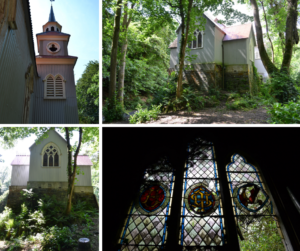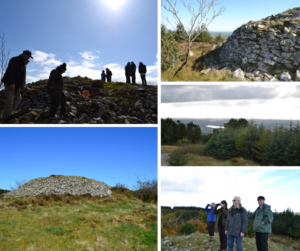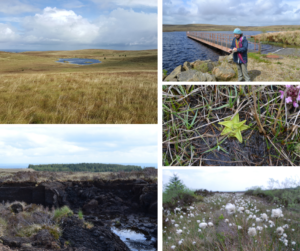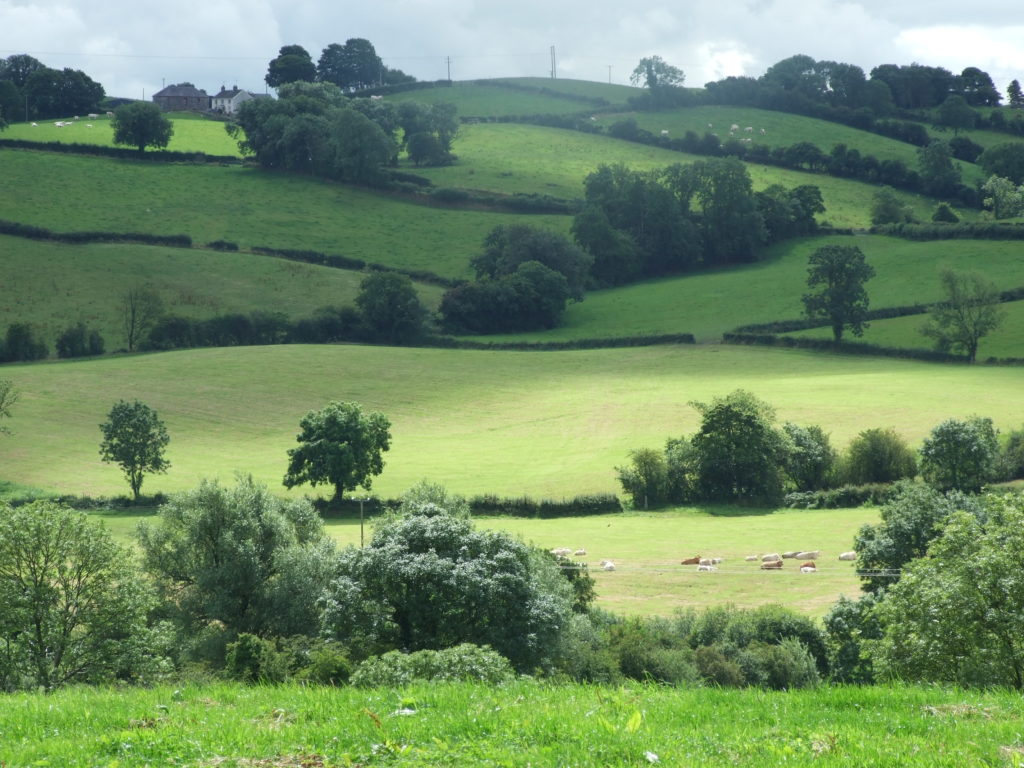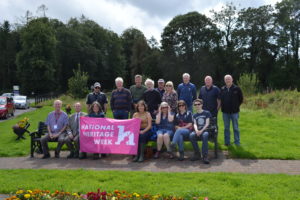
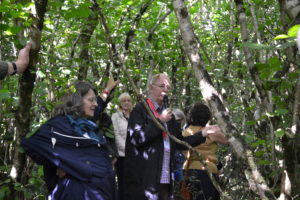
The Black Pigs Dyke, or Worm Ditch, is one of the most enigmatic Iron Age monuments in Ireland.
A small section was excavated by Aidan Walsh in 1982, and on Saturday he relived the dig and its findings at a Heritage Week walk starting from Scotshouse, County Monaghan.
The ancient archaeological earthwork, known locally as the Black Pigs Dyke or Worm Ditch, travels over drumlins and abuts lakes for almost 10km in west County Monaghan. Recent research through the Monaghan Heritage Office since 2015 funded through the Heritage Council and Monaghan County Council has reconfirmed the enigmatic and elusive nature of this impressive monument and thrown up new findings and earlier dates for its construction. These are currently being compiled into an Archaeological Monograph.
Appearing like a giant serpent or péist crossing the land, the central earthen bank of the monument is flanked by two deep ditches, sandwiched between a large bank of earth to one side, and a long since burnt but once imposing oak palisade (line of posts 3-4 metres in height) positioned on the other.
It was claimed that this and other similar earthworks running east-west across the island were in fact the remnants of an old territorial boundary dividing the north and the south along a similar route to the current border. This claim by W.F. De Vismes Kane (of Drumreaske House) in a 1909 article, and subsequently popularised in the media remains to be proven.
The Black Pigs Dyke is one of the largest linear earthworks in Europe. It started construction over 3,000 years ago (between 1420-1270 BC) during the Bronze Age (2500-500BC). Further additions including the palisade were added one thousand years later (340-160 BC) in the Iron Age (500BC – 500AD). It is estimated to have taken the equivalent of 1,000 people working twelve-hour days, two and a half years to construct the Monaghan West section.
The oak palisade was deliberately set on fire and burnt into the ground, around the same time that Navan Fort or Eamhain Mhacha in Armagh was filled with stones and timbers and ceremonially set alight in the year 95BC.
